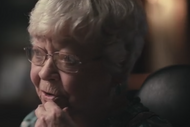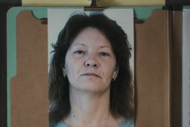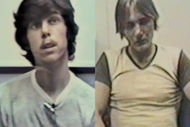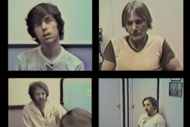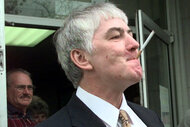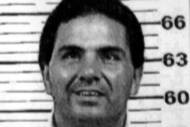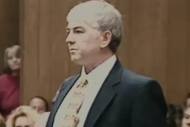Create a free profile to get unlimited access to exclusive videos, breaking news, sweepstakes, and more!
What Debra Sue Carter’s Friends And Family Found At Her Grisly Murder Scene
When police explored Debra Sue Carter's crime scene after her brutal rape and murder, they found frightening messages written on the wall, on furniture, and on Carter's naked body.
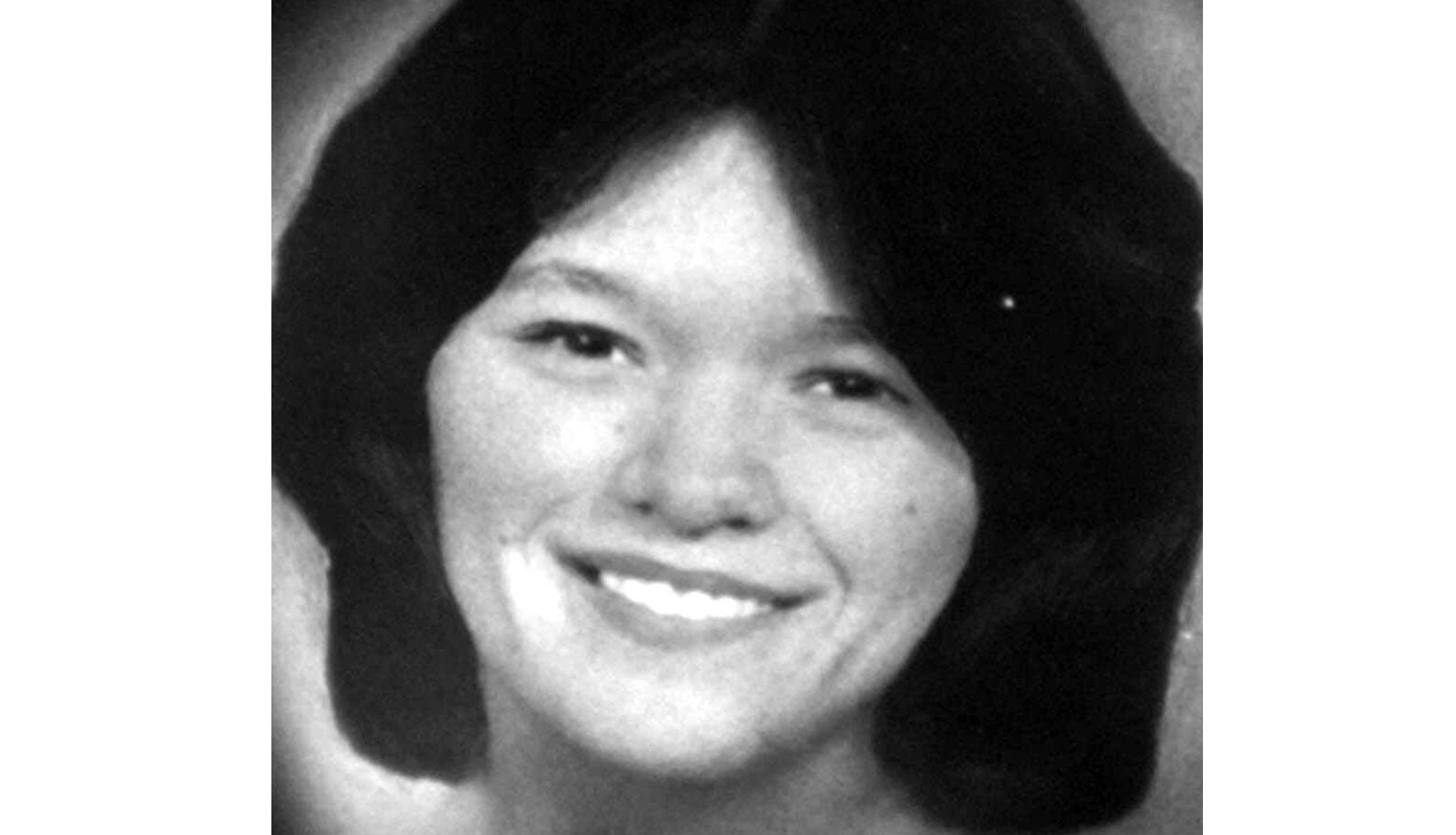
On December 8, 1982, a horrific crime occurred that would affect multiple lives and spark a decades-long battle for justice, the results of which continue to play out today, as depicted in Netflix's latest docu-series, "The Innocent Man," based on the John Grisham book of the same name.
Debra Sue Carter, a young small-town waitress, was found raped and murdered. The crime scene was particularly gruesome, and sprinkled with alarming "clues" that would have a serious impact on the controversial case.
Debbie, as she was sometimes called, was a 21-year-old cocktail waitress at the Coachlight Club in Ada, Oklahoma. The bright, single server was well-liked by her establishment's patrons. She had graduated from high school only a few years before her death. Carter worked several other part-time jobs and babysat for some local families as well.
Carter could not have known that December night that she would be the victim of a hideous and brutal crime. She was last seen leaving the club after a heated conversation with Glen Dale Gore, a regular customer and former high school classmate of Carter's.
According to Grisham's book, it was Donna Johnson Palmisano, another high school friend of Carter's who was in town visiting her parents, who first found Carter. Palmisano swung by Carter's place at around 11 a.m., hoping for a quick chat with her old buddy.
Palmisano first noticed broken glass on the ground in front of Carter's apartment, possibly from a small broken window on Carter's door. Palmisano initially assumed Carter had lost her keys and had to break into her own home.
The door to Carter's apartment was not locked, and upon hearing music coming from a radio inside, Palmisano let herself in. There she discovered the apartment in a total disarray. The bed had been moved; couch cushions and stuffed animals were strewn about. A fight of some kind had clearly occurred.
On the wall of the apartment, the words "Jim Smith will die next" were written in some kind of red liquid. Another difficult-to-read message was on a nearby table.
Palmisano moved to the bedroom searching for Debra, when she finally found her friend face down on the floor. Carter was nude and had something scrawled on her back.
Realizing that the killer may still be inside, Palmisano fled to her car where she immediately contacted Carter's family.
“She needed help,” Palmisano said many years later in court, according to The Ada News. “I saw what was written on the formica table, ‘Don’t try and find us or else,’ and I thought ‘Where are they? Are they going to hurt me?”
Carter's father, Charlie Carter, would be the next person to investigate what happened.
It was Charlie who confirmed his daughter was dead. He found a bloody washcloth shoved in her mouth.
Paramedics arrived after the police were called. One was so horrified by the violence they saw at the apartment, they began vomiting.
Detective Dennis Smith arrived to inspect the scene. Smith also discovered the table message scrawled by the killer in ketchup. The note read: "Don't look fore us or ealse [sic]." Smith also found the clothes Carter had worn to the Coachlight Club the night before on the floor.
Smith noted that the message on Carter's back (also written in ketchup) read, "Duke Gram." Duke Graham was a local Smith was familiar with.
Under Carter's body, Smith found an electrical cord which may have been used to strangle her.
Smith had hair from the scene found on the floor taken to a lab to be analyzed along with the bedsheets, Carter's torn underwear, a packet of cigarettes, a can of 7-Up, and the ketchup bottle.
One of the most important clues discovered at the scene was a bloody handprint left on a south wall, just above the baseboard.
[Warning: Spoilers for "Innocent Man" ahead]
There was little evidence that pointed to Ronald Keith Williamson, the man who would eventually be convicted of the murder, in the home itself.
Williamson, a former hometown hero skyrocketed to local fame by a prodigious baseball career whose later life was marred by severe mental illness, would ultimately be wrongfully convicted for the rape and murder of 1988. Investigations into the crime scene itself show how flimsy the evidence printed in court may actually have been.
For example, some felt the aforementioned handprint pointed toward Williamson's innocence.
At the time it was first tested, OSBI agent Jerry Peters was certain the print did not belong to Carter or Williamson. Years later, as the case grew colder and frustrations in the department grew over a lack of evidence that could potentially lead to a conviction, detectives controversially decided to re-test the handprint, which required Carter's corpse to be exhumed.
"For the first time in his twenty-four-year career, Jerry Peters changed his mind," wrote Grisham of Peter's later report, which claimed the palm print was, indeed, that of Carter's.
Dr. Larry Cartmell, the town's medical examiner, determined from the evidence that Carter had died from strangulation. Cartmell also discovered the word "Die" written on Carter's chest and a small bottle cap inside her rectum.
Similarly, Ron's handwriting was said by prosecutors to have matched that of the notes found in Carter's home despite the lack of an actual written report from an expert on the subject.
It was analysis of hair at the scene, which used tests that are now considered unreliable, that led to Williamson's conviction in the absence of more sturdy evidence. In fact, the tests used had no way to determine if the samples matched a specific person at all.
DNA evidence left at the crime scene would eventually exonerate Williamson (only five days before his scheduled execution!) and implicate Gore.
"The [crime] scene tells us that Glen Gore is exactly the type of person who could get into Debra Sue Carter's apartment without force," prosecutor Richard Wintory said in 2003, according to NewsOK, the website for the The Oklahoman.
Another 2003 article from NewsOK about the conviction of Gore in the wake of Williamson's 1999 exoneration noted that the messages scrawled throughout Carter's apartment were left in the hopes of distracting police and making it seem like Gore was not the killer.
Grisham's "Innocent Man" tells the story of how the evidence left at the scene was misconstrued so as to implicate Williamson. Grisham delves into painstaking detail to explain the socio-political factors that went into the conviction, including the stigma against the mentally ill and the immense pressure put on the local police department in the wake of an unrelated murder a few months later.
Williamson would ultimately pass away from disease in 2004. Gore was sentenced to life without parole in 2006, according to NewsOK.
[Photo: An undated photo of Debra Carter; Credit; AP Photo/The Ada Evening News]
